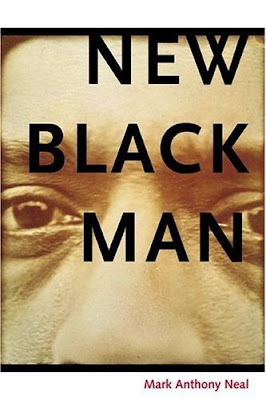
The Importance of Being Politically Correct
by Ta-Nehisi Coates
Liberals have, for decades, taken shots for being political correct, for being sensitive, and for trying to "understand" people who are different from them. It's been a long road since the 60s. I don't know how I feel about Affirmative Action, these days. I remember cringing (even in my nationalist days) when I heard people says blacks couldn't be racist. I remember cringing more when that dude in D.C. got fired for using "niggardly." There's a way of looking at all the places liberals have gone wrong, and seeing this (what, 40 year?) exercise in tolerance as bad acid trip. But there's another way of looking at the great tolerance experiment--practicing for the future.
It may well be true that Geraldine Ferraro was a token choice for the VP slot in 84. But I was eight years old when that happened, and understood that Mondale was doing something that had never been done before, and thus assuming a level of risk. I don't think it's so much the act of nominating Ferraro, as it is the act of having people around you who have some sense of what sexism in this country means. I don't think it's so much having Jesse Jackson run in 84 and 88, as it is having people in your camp who understand what his run means. And then after his run is over, putting his people in positions of power in your party.
It's about practicing Tolerance. It's about attempting to understand people who are radically different from you, and saying to them you want their voice in the process. Tolerance isn't just a value you hold, so much as it's something you do repeatedly. It's uncomfortable. You fuck up. You go to parties where they play music that you don't know how to dance to. You go to restaurants where the food is difference. You go to neighborhoods, where no one speaks English. The whole time people on the outside are laughing at you. The people you're trying to understand get pissed at you, and call you racist, homophobe, bigot, sexist etc.
by Ta-Nehisi Coates
Liberals have, for decades, taken shots for being political correct, for being sensitive, and for trying to "understand" people who are different from them. It's been a long road since the 60s. I don't know how I feel about Affirmative Action, these days. I remember cringing (even in my nationalist days) when I heard people says blacks couldn't be racist. I remember cringing more when that dude in D.C. got fired for using "niggardly." There's a way of looking at all the places liberals have gone wrong, and seeing this (what, 40 year?) exercise in tolerance as bad acid trip. But there's another way of looking at the great tolerance experiment--practicing for the future.
It may well be true that Geraldine Ferraro was a token choice for the VP slot in 84. But I was eight years old when that happened, and understood that Mondale was doing something that had never been done before, and thus assuming a level of risk. I don't think it's so much the act of nominating Ferraro, as it is the act of having people around you who have some sense of what sexism in this country means. I don't think it's so much having Jesse Jackson run in 84 and 88, as it is having people in your camp who understand what his run means. And then after his run is over, putting his people in positions of power in your party.
It's about practicing Tolerance. It's about attempting to understand people who are radically different from you, and saying to them you want their voice in the process. Tolerance isn't just a value you hold, so much as it's something you do repeatedly. It's uncomfortable. You fuck up. You go to parties where they play music that you don't know how to dance to. You go to restaurants where the food is difference. You go to neighborhoods, where no one speaks English. The whole time people on the outside are laughing at you. The people you're trying to understand get pissed at you, and call you racist, homophobe, bigot, sexist etc.
Read the full article @ The Atlantic





















.jpg)
.jpg)
.jpg)
.jpg)
.jpg)
.jpg)
.jpg)
.jpg)
.jpg)
.jpg)

.jpg)
.jpg)
.jpg)
.jpg)
.jpg)
.jpg)
.jpg)
.jpg)
.jpg)
.jpg)
.jpg)

.jpg)
.jpg)
.jpg)
.jpg)
.jpg)
.jpg)
.jpg)
.jpg)
.jpg)
.jpg)